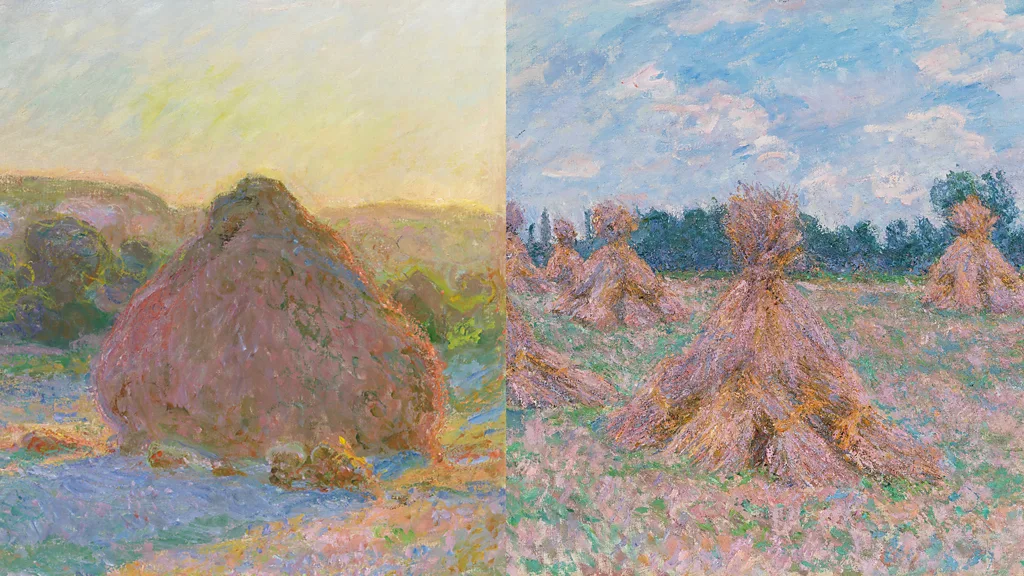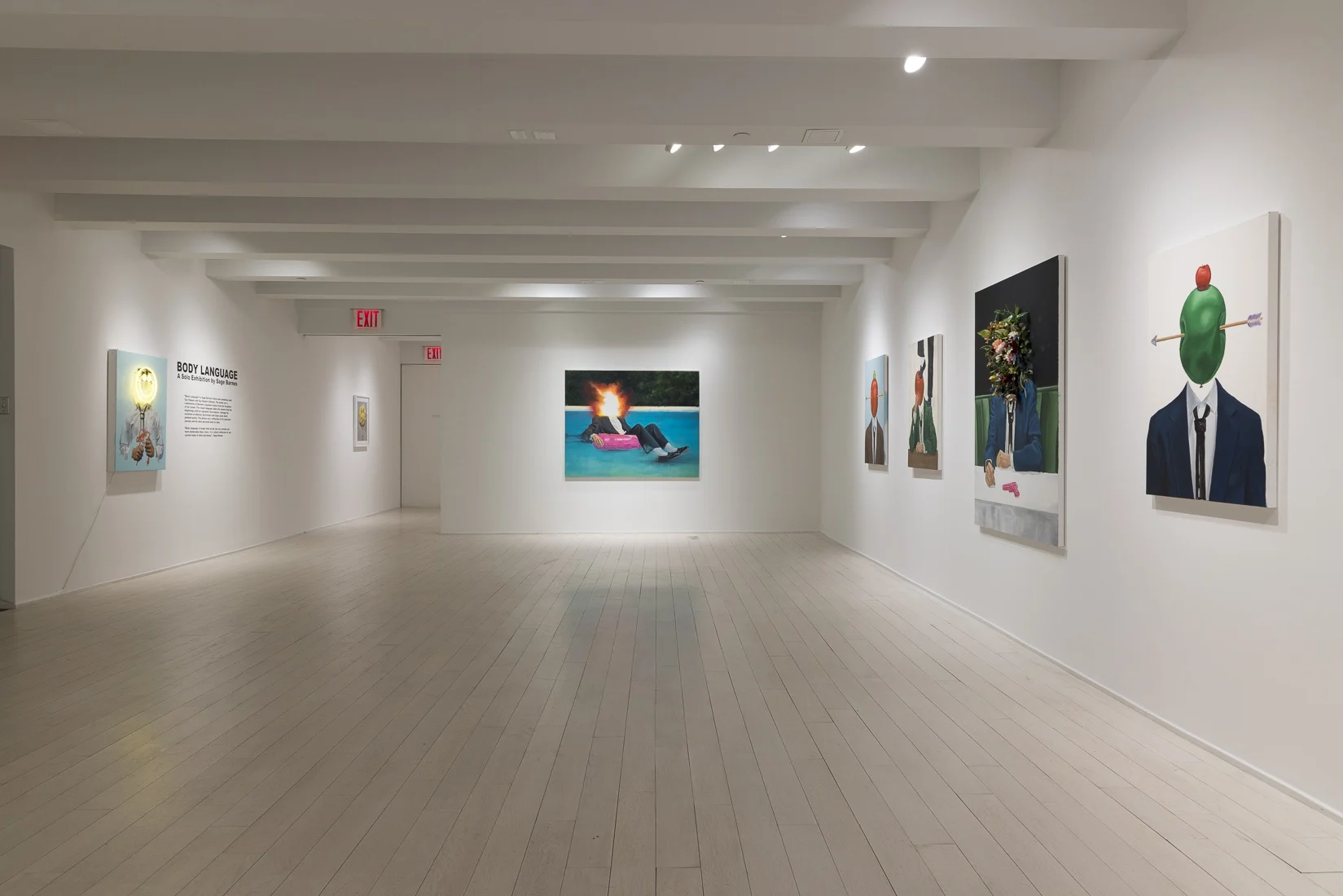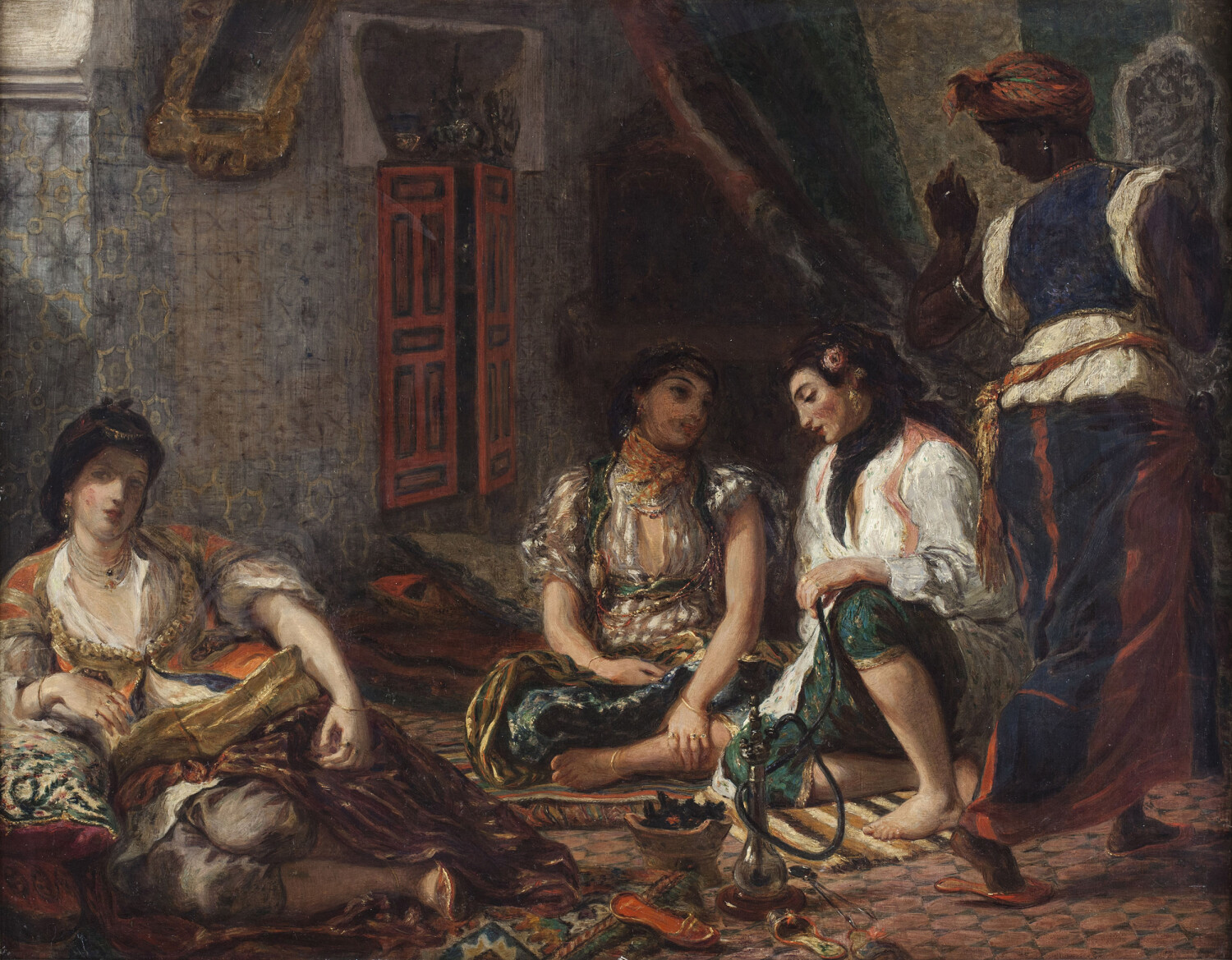For years, the legacy of Claude Monet, the French Impressionist painter known for his breathtaking landscapes and innovative techniques, overshadowed the contributions of his stepdaughter, Suzanne Hoschedé Monet. While Monet’s masterpieces have been revered for generations, Suzanne’s art, created alongside her famous stepfather, remained largely unknown and uncelebrated. However, as art enthusiasts and critics alike rediscover her work, the world is beginning to take notice of the extraordinary talent of the woman who once painted in the shadow of one of the most iconic artists in history.
Suzanne Hoschedé Monet: A Life in the Shadow of a Master
Suzanne Hoschedé Monet, born in 1870, was the daughter of Monet’s close friend, the wealthy art dealer Ernest Hoschedé. At a young age, she became part of Monet’s family when her mother married the artist in 1876. While many might imagine Suzanne as merely an observer of Monet’s genius, she was more than just a passive member of the household. Suzanne was a passionate artist in her own right, creating works that captured a unique perspective on the world, influenced by the Impressionist movement that Monet pioneered.
Though Monet was a guiding figure in her life, Suzanne’s artistic talent was far from being merely derivative of her famous stepfather’s work. She was a skilled painter, particularly known for her ability to capture light, atmosphere, and the subtle textures of nature, qualities that were central to the Impressionist style. Her mastery of portraiture and still-life compositions was impressive, showcasing a delicate and refined use of color and brushwork.
Overlooked for Decades: The Neglect of Suzanne’s Art
Despite her clear talent, Suzanne’s paintings were largely neglected throughout much of her life and even beyond her death in 1917. It is believed that her work was overshadowed by the monumental reputation of Claude Monet, whose paintings often filled galleries and museums worldwide. Furthermore, after Monet’s passing, the focus remained on his legacy, with few attempts to explore or recognize the artistic contributions of his family members.
Many of Suzanne’s pieces, especially her portraits and landscapes, were hidden away in private collections or lost to the annals of time. It wasn’t until recent decades that art historians, curators, and collectors began to take a more serious look at the works of artists who were once in the orbit of famous figures like Monet. Suzanne’s paintings, once regarded as merely “Monet family works,” have slowly begun to emerge from obscurity.
Rediscovery and Growing Recognition of Suzanne’s Art
The resurgence of interest in Suzanne Hoschedé Monet’s art is partly due to a renewed fascination with the women who contributed to the Impressionist movement, often working in the shadows of their male counterparts. Exhibitions and art books focusing on female artists have led to increased appreciation for Suzanne’s unique artistic vision.
Several exhibitions in recent years have spotlighted her work, and art collectors have begun to recognize the significance of her paintings. Museums that were once primarily dedicated to Monet’s work are now beginning to showcase pieces by Suzanne. These exhibitions are not only bringing attention to her technical skill but also giving her the platform she deserves in the broader narrative of art history.
Notably, the recognition of Suzanne’s skill and style is beginning to spark discussions about how women artists were often relegated to the background, even when they were close collaborators with famous figures. Suzanne’s works are being admired for their softness, luminosity, and careful detail—qualities that set them apart from Monet’s famous water lilies and other monumental works.
A Legacy Reclaimed
Suzanne Hoschedé Monet’s paintings are finally starting to receive the recognition they always deserved. As the art world shifts towards a more inclusive and nuanced understanding of history, Suzanne’s work is increasingly viewed as an essential piece of the Impressionist movement. Her ability to convey emotion, light, and color, while maintaining a distinct personal style, positions her as a talented artist in her own right, separate from her association with Claude Monet.
As exhibitions continue to unfold and more of Suzanne’s work is rediscovered, her legacy is no longer defined solely by her relationship with Monet but by her own remarkable contributions to the world of art. The once-forgotten Monet stepdaughter is now making her mark, and her paintings are starting to find their rightful place in the history of Impressionism.
The Future of Suzanne Hoschedé Monet’s Art
The future of Suzanne Hoschedé Monet’s art looks bright. With growing interest in female Impressionists and a more inclusive approach to art history, Suzanne’s works are poised to play a significant role in exhibitions and collections around the world. Art historians and curators are working tirelessly to bring her pieces to light, and as her work enters the public consciousness, the world is learning that Suzanne Hoschedé Monet is an artist who deserves to be remembered, not just as a relative of a great painter, but as an extraordinary artist in her own right.




